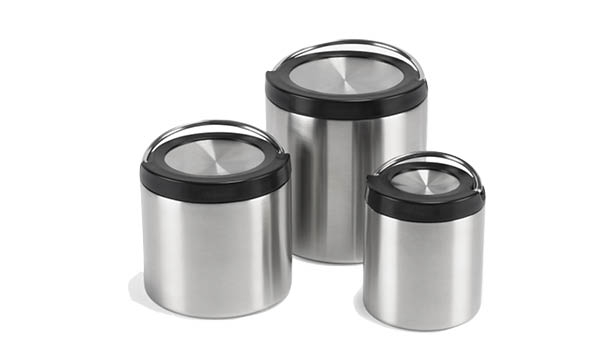These three spectacular ranges are only the beginning
Arrow Canyon, Bird Spring, Bloody Run, Clan Alpine, Devils Hole, Flowery, Golden Gate, Goshute, Halfpint, Hog Ranch, Jumbled, Little High Rock, Medicine, Nightingale, Painted Point, Pancake, Pine Nut, Rawhide, Skull, Snake, Smoke Creek, Snowstorm, White Throne, Wild Horse. These are just two dozen of the over 300 named mountain ranges stretching across Nevada. There are an additional 100 unnamed ranges scattered across the desert and sagebrush.
Alaska has the highest point in the US, and Colorado has the highest mean elevation, but Nevada has the most mountains. And they’re not just hills; there are 172 peaks with over 2,000 feet of prominence. Boundary and Wheeler Peaks rise over 13,000 feet above sea level and 35 of Nevada’s summits are over 10,000 feet tall.
Nevada contains the heart of the Basin and Range Province, a vast region reaching from the Sierra Nevada to the Rocky Mountains, from southern Oregon to northern Mexico. Born 17 million years ago, the area is characterized by dramatic elevation changes as the land alternates between narrow north-south trending ranges and arid sagebrush flats. The isolated ranges create “sky islands” of endemic plants and animals.
Over three million people call the Silver State home, but almost 90% of them live in the state’s two main metropolitan areas. That leaves about three people per square mile in the rest of Nevada’s windswept wild lands, one of the lowest population densities in the lower 48. Although Nevada is home to Great Basin National Park, a part of Death Valley National Park, and three National Monuments, most of the state is public land.
I used to think of Nevada as 400 miles of dull between the better-known scenic wonders of California and Utah. But while California and Utah adventurers compete for permits and get hassled by law enforcement, an intrepid Nevada explorer is almost guaranteed solitude and freedom. On the other hand, nobody’s coming to rescue you and there’s little cell service, so plan accordingly.
While summers in Nevada can top 120 degrees and winters drop to an average low of about 20, spring is a tug of war between the two, and autumn brings stable mild weather. Dying plants stain alpine meadows with russet and ochre hues, sunny aspen leaves sway in the wind and the vast cerulean dome of sky looms overhead. This is the time for a Nevada road trip. I chose the Ruby Mountains, East Humboldt, and Toiyabe Ranges for a sampler of Nevada’s alpine wonders.
Ruby Mountains

Spectacular alpine scenery and easy access make the Ruby Mountains Nevada’s most popular range. Nestled into the state’s northeast corner, just south of Elko, the Rubies feature deep cirques, hanging valleys, craggy peaks, and glacier-carved valleys. Most people head for Lamoille Canyon, where they enjoy steep polished walls, alpine meadows, rushing streams, and several well-maintained trails. Snow may linger in sheltered patches throughout the year.
The smaller northern section of the range is accessible by a rough dirt road; hardly anyone goes there. High lakes, lonesome trailheads, and a handful of jagged peaks are the major draws. Much of the backcountry in this area is windswept tundra, whose stunted plants become a somber impressionist display of burnished tints every autumn.
Pacific Northwest storms often miss California and most of Nevada but bring moisture to the Ruby Mountains. Predictably, most of the precipitation arrives as winter snow. The skiing is so exceptional that Voile named a ski after the range; their founder claims the Ruby Mountains have the best powder on earth. Helicopter and snowcat-assisted skiing are popular, but some diehards still trek in under their own power.
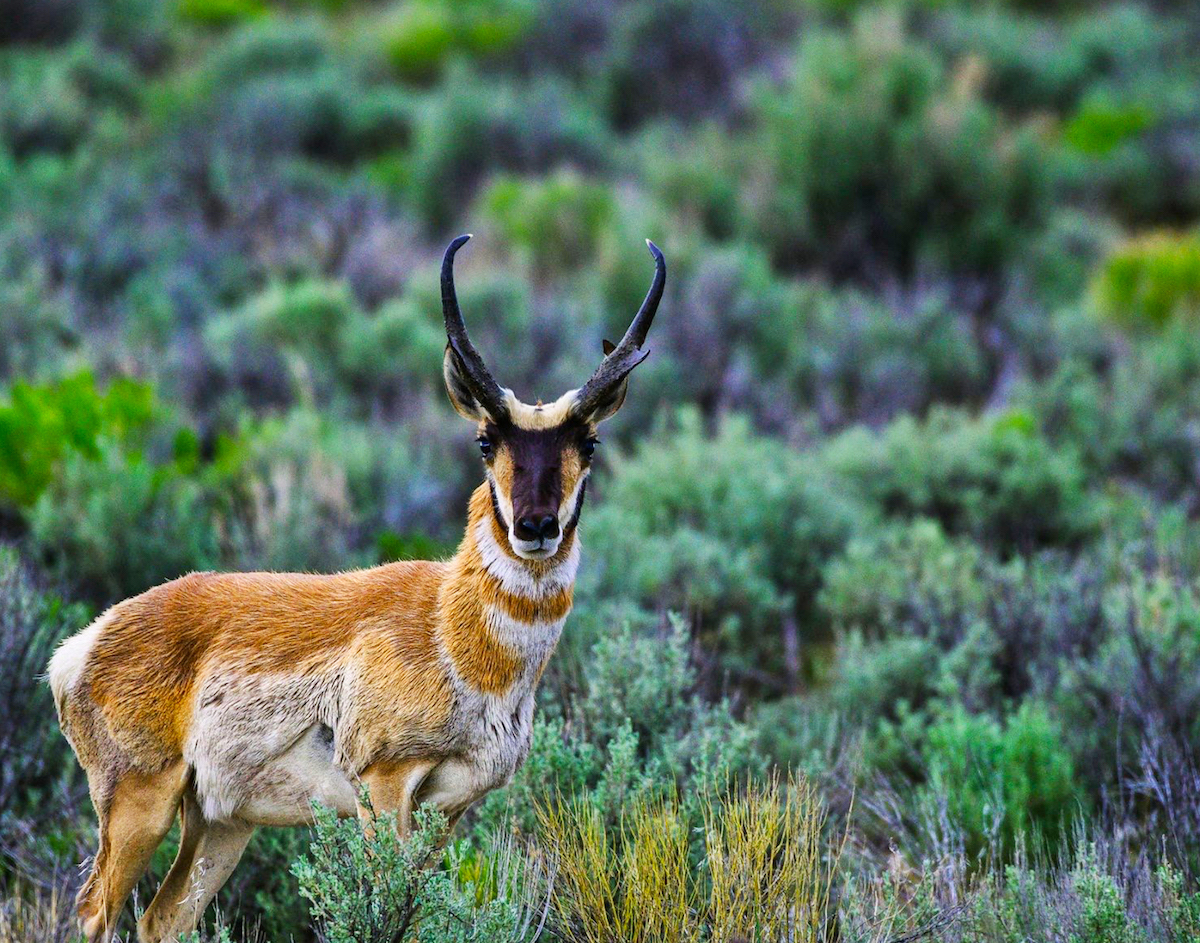
The Rubies boast Nevada’s largest mule deer herds, along with bobcats, mountain lions, antelope, and bighorn sheep. Their high barren slopes and year-round snowfields host the Himalayan Snowcock, an enormous grouse native to Pakistan introduced in the 1960s as a game bird. Birders and hunters treasure a sighting. Several hundred are thriving in the harsh Ruby Mountains; some have moved slightly north and east to the East Humboldt Range.
East Humboldt Range

The recreational hub of the East Humboldt Range is Angel Lake, accessible by paved road, and near two full-service campgrounds. The lake sits at just over 8,300 feet, with Greys Peak rising 2,300 feet above its placid waters. The slopes leading to its summit are lush green in summer and have swaths of glowing yellow aspens each autumn.
A compact range, just 30 miles long, the highest peak in the East Humboldt Range is over 11,000 feet; most of the crest is over 10,000 feet. Winchell, Smith, and Greys Lake are all lovely secluded hiking destinations, though sparse use and poor maintenance have left the trails in poor condition and occasionally hard to follow.
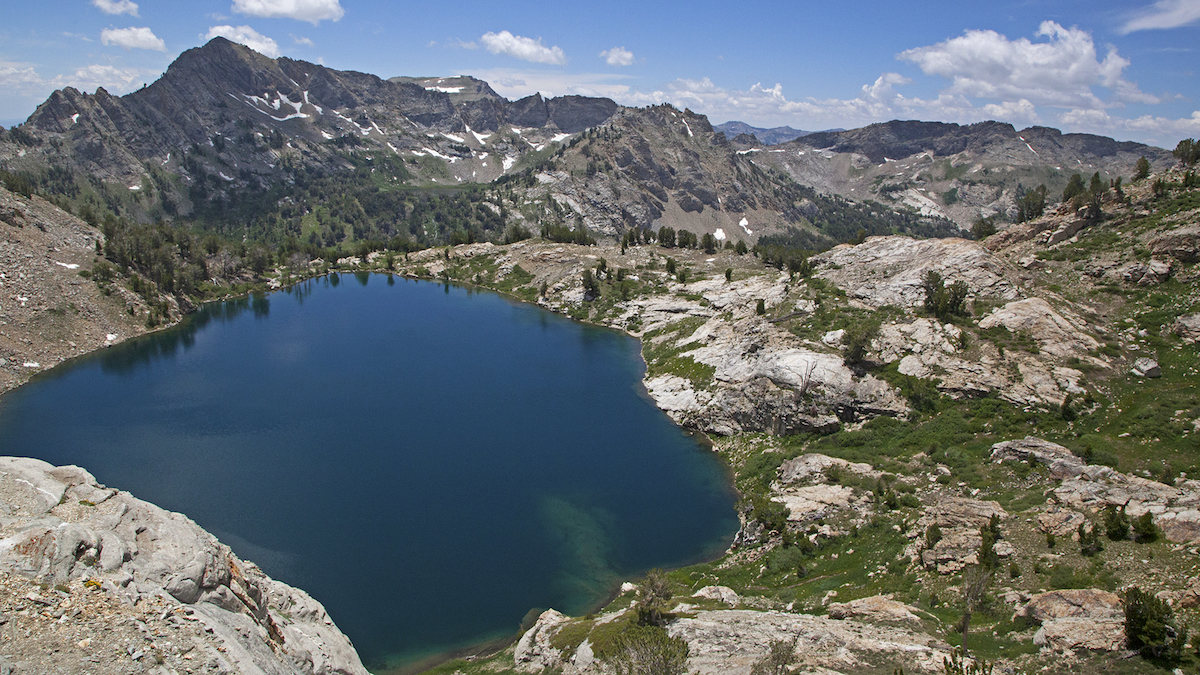
The range was named for visionary German scientist and naturalist Alexander Von Humboldt; his name adorns peaks, counties, rivers, currents, parks, plants, animals, and forests from Tibet to New Zealand to Greenland; there’s even a lunar feature and an asteroid named for him. The centennial of his birth was celebrated by hundreds of thousands worldwide. One hundred fifty years later, nobody remembers who he was, but his ideas, maps, and writing continue to shape the modern fields of ecology, biology, and plant biogeography.
Humboldt set out to discover how “all forces of nature are interlaced and interwoven.” He came up with the idea of vegetation and climate zones that circle the globe and invented isotherms, pressure, and temperature lines on modern weather maps. A hundred years before the term “global warming” was coined, he was talking about the damage of human-caused climate change and deforestation. Learning about naturalist heroes of the past can inspire us to preserve our favorite wild places for the future.
Toiyabe Range
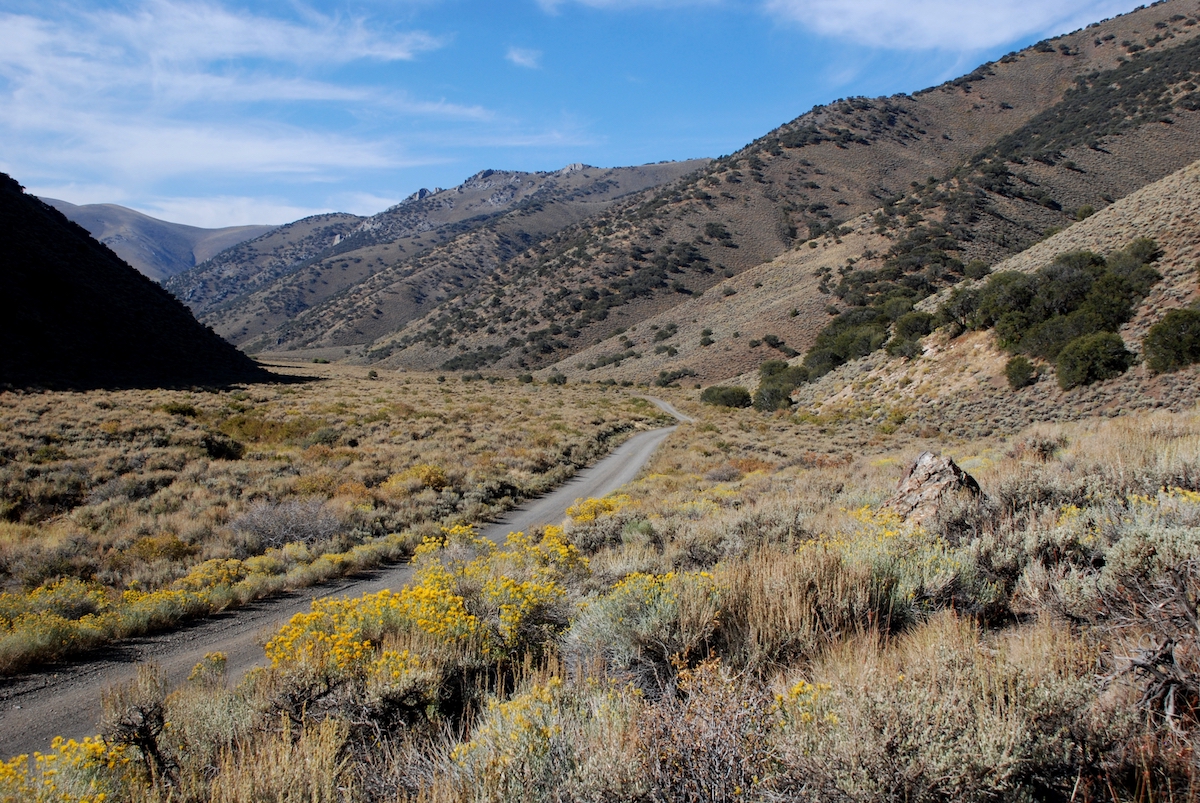
The arid, barren Toiyabe Range in central Nevada features a 65-mile-long recreation trail that hugs the crest; for 50 miles it stays above 10,000 feet. This wall of mountains rises 4,000 feet from neighboring valleys, and runs north-south for 120 miles, making it the second longest in the state. The lack of vegetation means the area is ideal for cross-country travel; the presence of cows and lack of water pose a challenge. Rutted dirt access roads guarantee little visitation.
Toiyabe is an ancient Shoshone word for mountain. The Western Shoshone, native to the Great Basin, currently live in Nevada, Utah, Idaho, and California. Historically the tribe comprised about ten bands, named for their homeland and primary food sources.
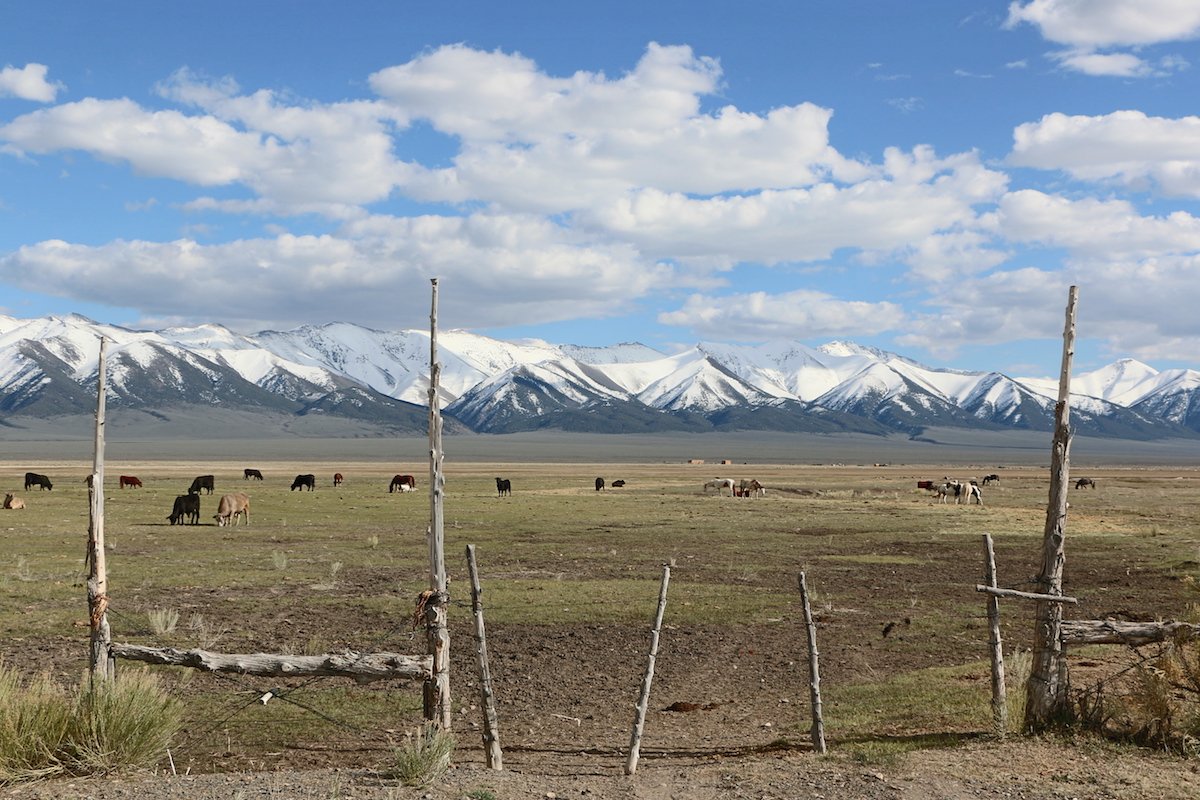
In 1863, some members of the Western Shoshone Nation entered into the Ruby Valley Treaty with the US, which delineated the boundaries of a 40,000 square mile territory over which they were promised sovereignty. They never consented to have this territory included in any state. They mounted legal battles that halted the proposed nuclear waste dump at Yucca Mountain and resulted in settlements of over $100 million meant to extinguish their claims to the land. Those payouts languish with the federal government while the Western Shoshone continue to fight for the rights they were promised with the Ruby Valley Treaty.
In 1992, the Western Shoshone began issuing their own passports. Any passport holder can access their traditional territory but walk with respect for the area’s original inhabitants.
These are just three of the Silver State’s hundreds of mountain ranges. Each is worthy of exploration. And not only does Nevada have more mountains than any other state, but it also has more hot springs — each of those is worthy of exploration too!
Main image: The road to Angel Lake in the Ruby Mountains (Sydney Martinez/ TravelNevada)
Read other articles by Leonie Sherman here.













